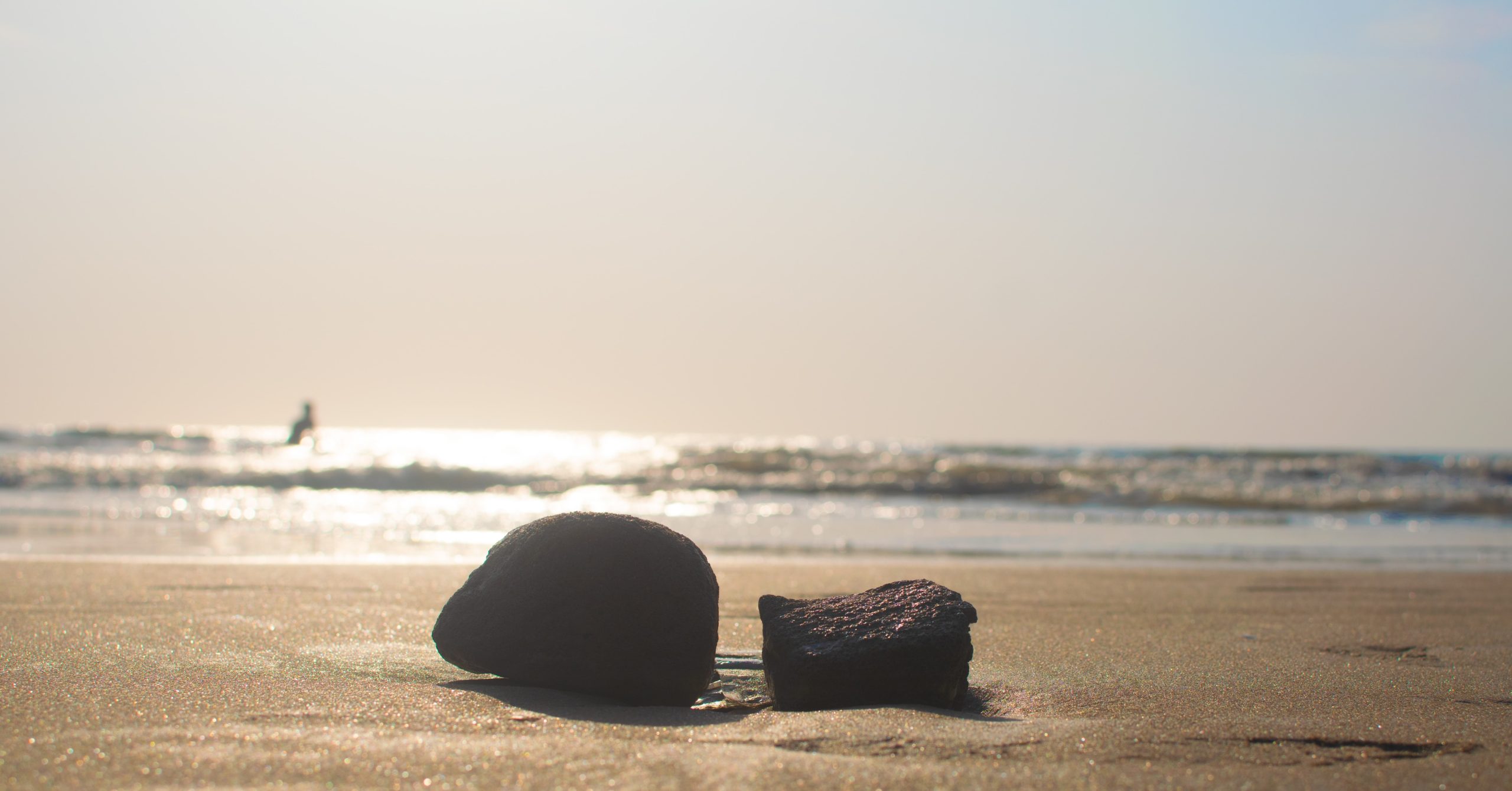How to Convey Sensory Experience like Better Call Saul

Over at the Wall Street Journal, reporter John Jurgensen argued that the AMC television show “Better Call Saul,” whose finale was Aug. 15, was visually inventive. As he wrote,
“Better Call Saul” often looks more like art than television: A figure in silhouette emerging from a manhole. A bird’s-eye view of a car at an empty crossroads. A blood puddle seeping along a rug.
… “Everyone was still framing claustrophobically tight,” co-producer Vince Gilligan recalls. For today’s TV screens with similar proportions to cinema screens, “I wanted to frame in the way John Ford and Akira Kurosawa did, to crib from two of the greats. We tried to make ‘Breaking Bad’ look as much as we could like a western.”
I wrote a post on a similar theme in May. Mr. Jurgensen one-upped me by making a more comprehensive argument. BCS borrowed visual techniques from film-noir and pre-color Hollywood cinema and used kitsch and shadows, he noted.
It’s easy to criticize, but I think his article had one noteworthy omission. BCS appealed not only to the eyes, but also to the ears.
What the Wall Street Journal Overlooked
The show featured wonderful, half-forgotten musical gems such as Lee Morgan’s peppy “The Sidewinder” and Jim Reeves’ overwrought “Welcome to My World.” Even more, the series paired sight and sound better than any I can recall.
Take, for instance, the scene that BCS commentators and analyzers have been extolling since it aired—the Howard Hamlin beach scene. (Warning: Major plot spoiler is ahead).
Nothing that occurred in its 108 seconds grabbed viewers by their shirtsleeves. The scene contained no dialogue and no characters or people. Yet the scene, I thought, was more than memorable. It was haunting.
Feeling Bad for a Rich Guy
In the show’s first season, only a lawyer could admire the Howard Hamlin character: he was a partner at a law firm his dad founded and served no other masters besides the firm. By the second season, he turned into a “round character” who while still a representative of his social class, showed soul and grit in the face of setbacks. His murder at the hands of an oily member of a drug cartel was received with universal shock, not so much that he died but the brutal, sudden way he did.
His rivals, Saul Goodman and Kim Wexler, allowed his corpse to be moved because he was shot dead in their apartment. They did not want to be associated with his murder, so they allowed the fixer Mike Ehrmentraut to dispose of the body and drive Howard’s car to a beach to fool investigators into thinking he had committed suicide.
The scene opens the eighth episode of season six, “Point and Shoot.” BCS commentators have praised it for zooming in on Howard’s personal effects. One dark leather shoe is caught in the surf, while another bobs in the water. His wallet and wedding ring are set neatly on the dashboard of his 1998 Jaguar XJ8, whose license plate is NAMAST3. The visual images convey Howard’s qualities — affluent, traditional, physically fit, and a touch vain.
I, too, like those, but the scene’s sounds stood out to me. They were the kind the ear does not want to hear, like the start of an organ playing at a friend or family member’s funeral.
Sounds You Don’t Want to Hear
At first, ocean waves rumble in the distance. They are faint but distinctive.
Then, a wave crashes onto the beach. It is loud and enveloping. A brown leather shoe washes up in the surf. Something is wrong.
A few more waves hit the beach, submerging the dark leather shoe. With the camera underwater, the shoe gurgles. For a long second, you feel as if you were under the water. Something is very wrong.
After the camera pans from the surf to the beach, the tinkle of a piano plays in the background. The music sounds like something Chuck, Saul’s brother, would have played. Your ear wants to hear it but only for so long. It’s elegant but overly formal and lugubrious. A sprightly dirge.
In the last part of the scene, the camera shows a wide shot of the Jaguar at the beach. The driver’s side of the door is swung open. Then, the camera enters the car with the beach in the background. With the piano music rising, you see the brown leather wallet and the silver wedding ring.
The piano music falls. Then, you hear the mild sound of the waves crashing again and again.
The Loneliness of Nature’s Funeral
Put the sights and sounds together. What do you have?
I say the scene represents the natural world’s funeral for Howard Hamlin. The surf, sun, and sand are burying him. His friends, family members, or colleagues are not.
Like first-rate fiction, the scene hits you in the gut rather than over the head. It conveys the tragedy of Howard’s death without sentimentalizing him, the coldness of Lalo’s murder without sensationalizing it, and the soullessness of Saul and Kim’s vendetta without wallowing in it.
The scene is powerful but restrained, a haunting testament to its pairing of two limited senses rather than their full use.
-30-

0 Comments